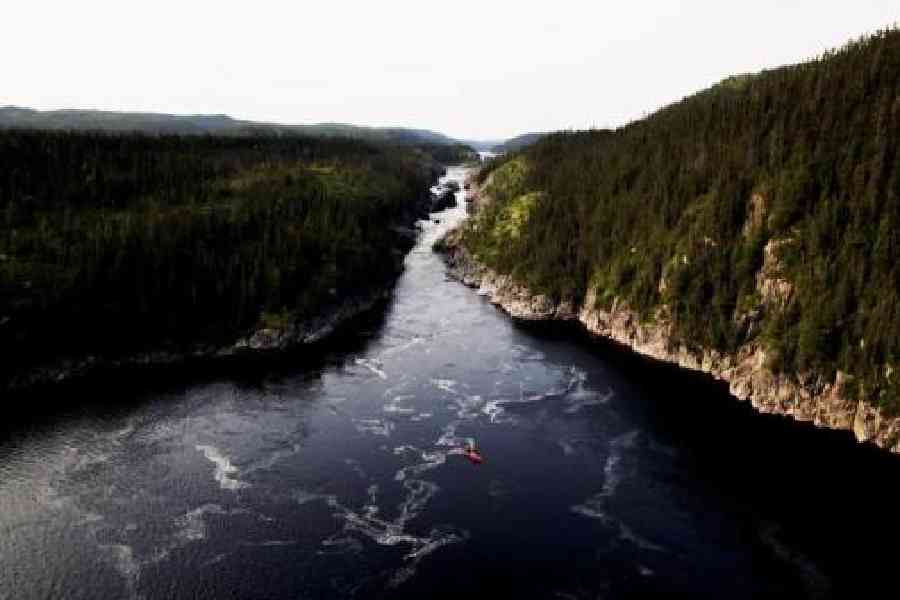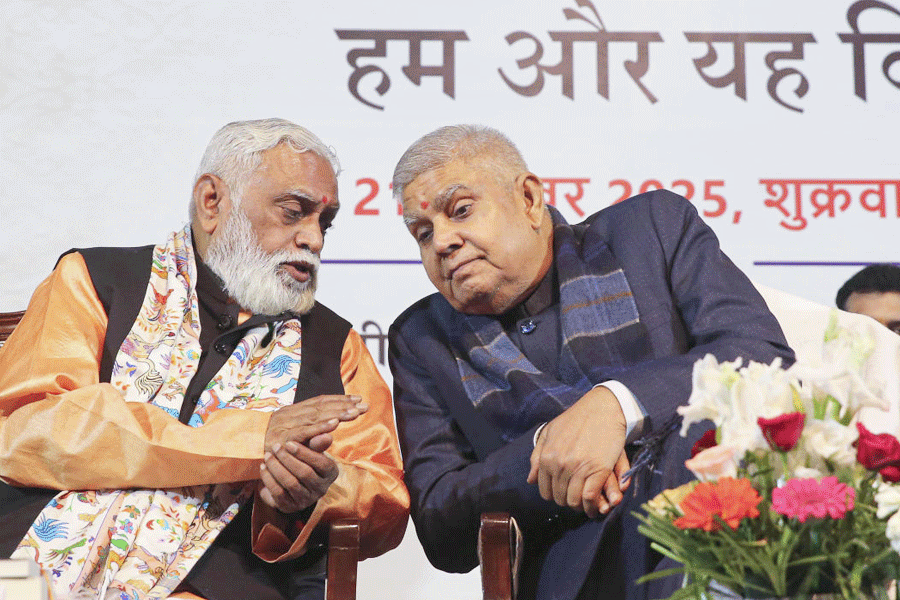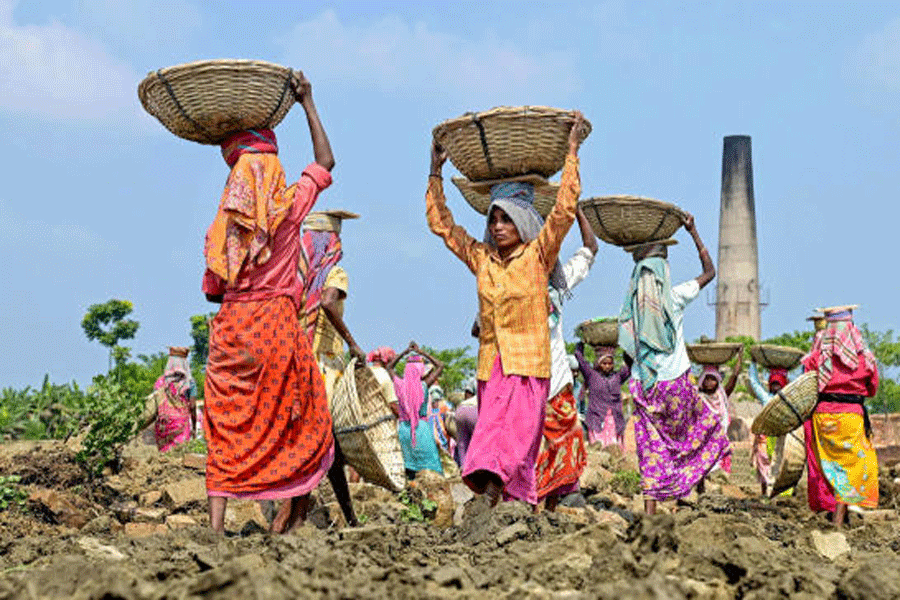Book name- IS A RIVER ALIVE?
Author- Robert Macfarlane
Published by- W.W. Norton
Price- $31.99
One hundred and twenty-nine years ago, Rabindranath Tagore had written, “Keno more gelo nodi?/ Ami bandh bnadhi tare chahi dhoribare, paibare nirobodhi/ Tai more gelo nodi.” Over a century later, such human rapacity has only pushed rivers closer to death. This culling is borne out in this book by the British naturalist, Robert Macfarlane. In fact, Macfarlane argues that such has been the transformation of these founts of civilisation that it is now easier to picture a dying river than it is to think of a river being ‘alive’ — think of the frothing Yamuna, the trickle of the Adi Ganga in Calcutta or the wide stretch of sand with a thin, ankle-deep channel of water that is now the Phalgu. The primary challenge to imagining a river being alive, of course, is that it would make humans complicit in its killing.
Regardless of this sorry state, Macfarlane is a firm believer in rivers’ ability to rebound — recall here how the Ganges and the Yamuna cleaned themselves during the Covid-19 lockdowns. To test this belief, the author travels along the restless currents of rivers in northern Ecuador, Chennai, and the far reaches of Quebec. Macfarlane follows the pulse of waterways that still breathe, feed, and hold memories; lifelines without which neither people nor the wild things beside them could survive. In doing so, he writes an adventurous travelogue — a genre that the author excels in — in which rivers are characters in their own right (Macfarlane even credits them as being co-authors). We meet the people whose lives are bound to these rivers, many of them quixotically heroic and bearing battle scars after years of conservatorship of rivers which includes fights — some won, some lost — against governments and corporations. These heroes are insightful, stubbornly hopeful and, in Macfarlane’s hands, eloquent advocates for the world’s beleaguered waterways.
Ecuador is the right place to begin for “this small country with a vast moral imagination” became the first nation to pass laws on behalf of water ecosystems, recognising them as essential for the existence of all living beings. This formal acknowledgement of natural rights inspired similar measures elsewhere — in 2017, New Zealand granted the Whanganui River protection as a spiritual and a physical entity; in the same year, India’s courts ruled that the Ganges and Yamuna should be recognised as living entities (this order was later stayed). In 2021, Canada followed, declaring the Mutehekau Shipu (picture), or Magpie River, a legal person and living entity.
In some of the most moving and deftly penned sections of the book, Macfarlane meets Yuvan Aves, a young naturalist who has gone to war to save Chennai’s waterways. The violence that Aves has faced in his own tumultuous life is mirrored in the slow ecological violence visited upon the Kosasthalaiyar, Cooum, and Adyar rivers. But like Aves, who persists in the face of all adversities, the rivers, too, are seeing slow rejuvenation. In spite of this, Chennai is also the most demoralising of all the places Macfarlane visits. Aves shows him how cartographic erasures aid the draining of the lifeblood of rivers. The Ennore Creek, for instance, a site of heavy industry, has not just been infilled and built over but it has also been erased from the official government map, as if it never existed. A quick survey of the newspapers would show that the Vishwamitri in Vadodara, the Musi in Hyderabad, and the Mutha in Pune have suffered a similar fate.
Like the ebb and the flow of tides in a river, Macfarlane’s prose, too, rises and falls in step with his surroundings. After the low of Chennai, it comes with a rush when he launches a kayak down the 100-mile descent of the Mutehekau Shipu in Canada. One can feel a surge of adrenaline coursing through Macfarlane’s words, penned in long, exhilarating paragraphs where commas allow readers to pause for breath but full stops are done away with as the author shimmies his boat through chutes, over huge standing waves, and through crashing rapids.
Macfarlane includes a wealth of factual detail as well as rich descriptions of both the natural world and stark accounts of the damages done to it. But the moving force of the book is moral and emotional — at times, overwhelmingly so. Even though Macfarlane has always been careful to distance his thinking from animism — in a previous work, Landmarks, he calls it “systematic superstition” — here he embraces and champions indigenous movements for the recognition of rivers as legal persons with the right to flourish unpolluted and the right to flow.
Is A River Alive? is also Macfarlane’s most explicitly political work where he pushes back against the “shifting baselines” syndrome, which denotes gradual shifts in societal attitudes where increasingly poor environmental conditions are accepted as normal — like forgetting what healthy rivers were like before they were polluted, dammed or diverted.










